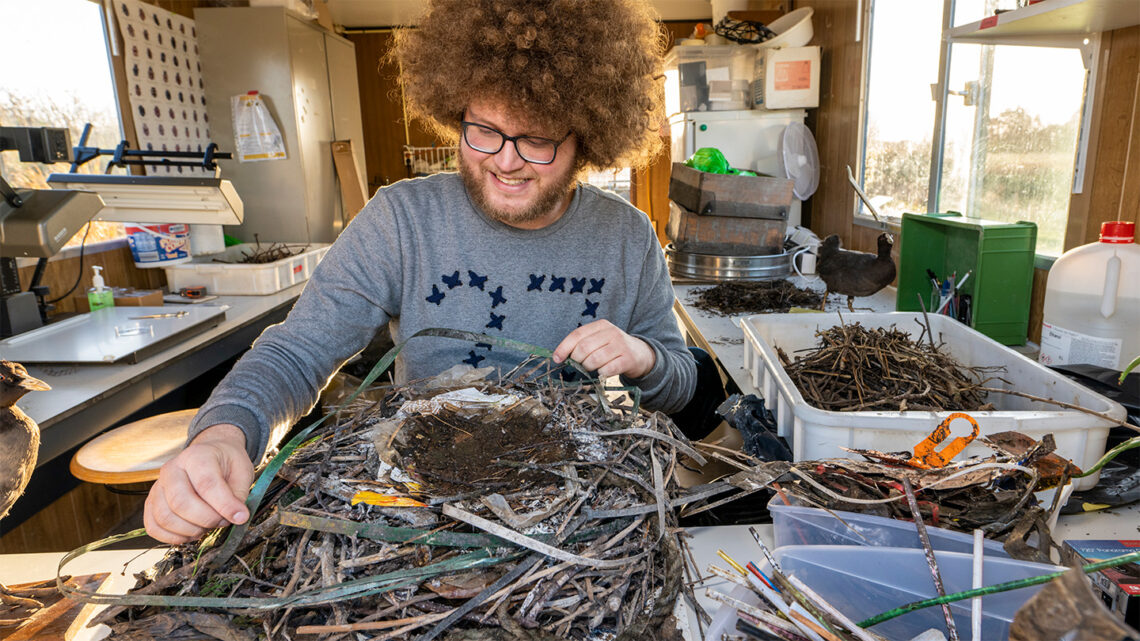One man’s trash is a common coot’s treasure, at least when it comes to plastic.
In Amsterdam, the birds have been constructing nests out of plastic food wrappers, masks and other waste for at least 30 years, researchers report in the February Ecology. The revelation shows not only how much plastic now litters the environment but also the power of using human-made products to learn about the natural world.
“It’s ironic to think that many of these plastic single-use items have just been used for minutes by people, yet these coots have used them for decades,” says Auke-Florian Hiemstra, a biologist at the Naturalis Biodiversity Center in Leiden, Netherlands.
Hiemstra has been studying nesting materials used by city birds for years. He’s documented coots adding face masks to their nests during the height of the COVID-19 pandemic — a building material that coots and other birds still use — and found rebellious magpies and crows that built their homes out of antibird spikes. Many birds these days use human trash as nest-building material, Hiemstra says.
In 2021, Hiemstra and colleagues excavated a common coot (Fulica atra) nest built on a wooden beam poking out of Rokin canal in Amsterdam. The nest had multiple layers of plastic waste, especially food packages. By analyzing the expiration dates on the coots’ collection, Hiemstra used the plastic the way an archaeologist would use fossils, to build a history of the nest layer by layer.
Coots typically build their nests out of plant material that quickly decays, so the birds can’t reuse nests year after year. With the incorporation of plastics, however, the nests become much more stable, so the coots can return to old nests and build upon their solid foundations.

In total, Hiemstra’s team found 15 nests that had plastic dating to multiple years, indicating the birds had been reusing them.
Using expiration dates to understand nest history can be imprecise….
Read the full article here

